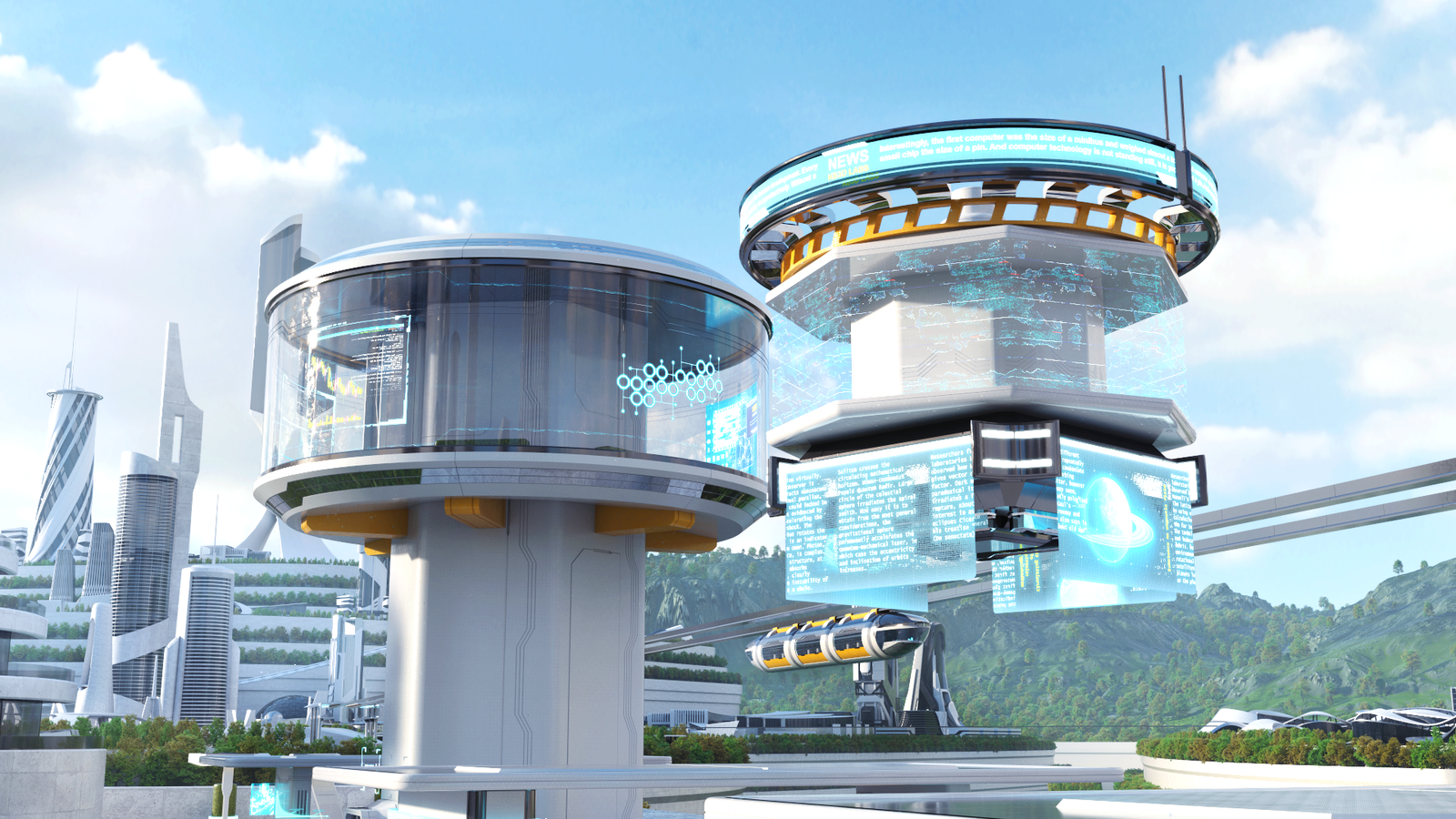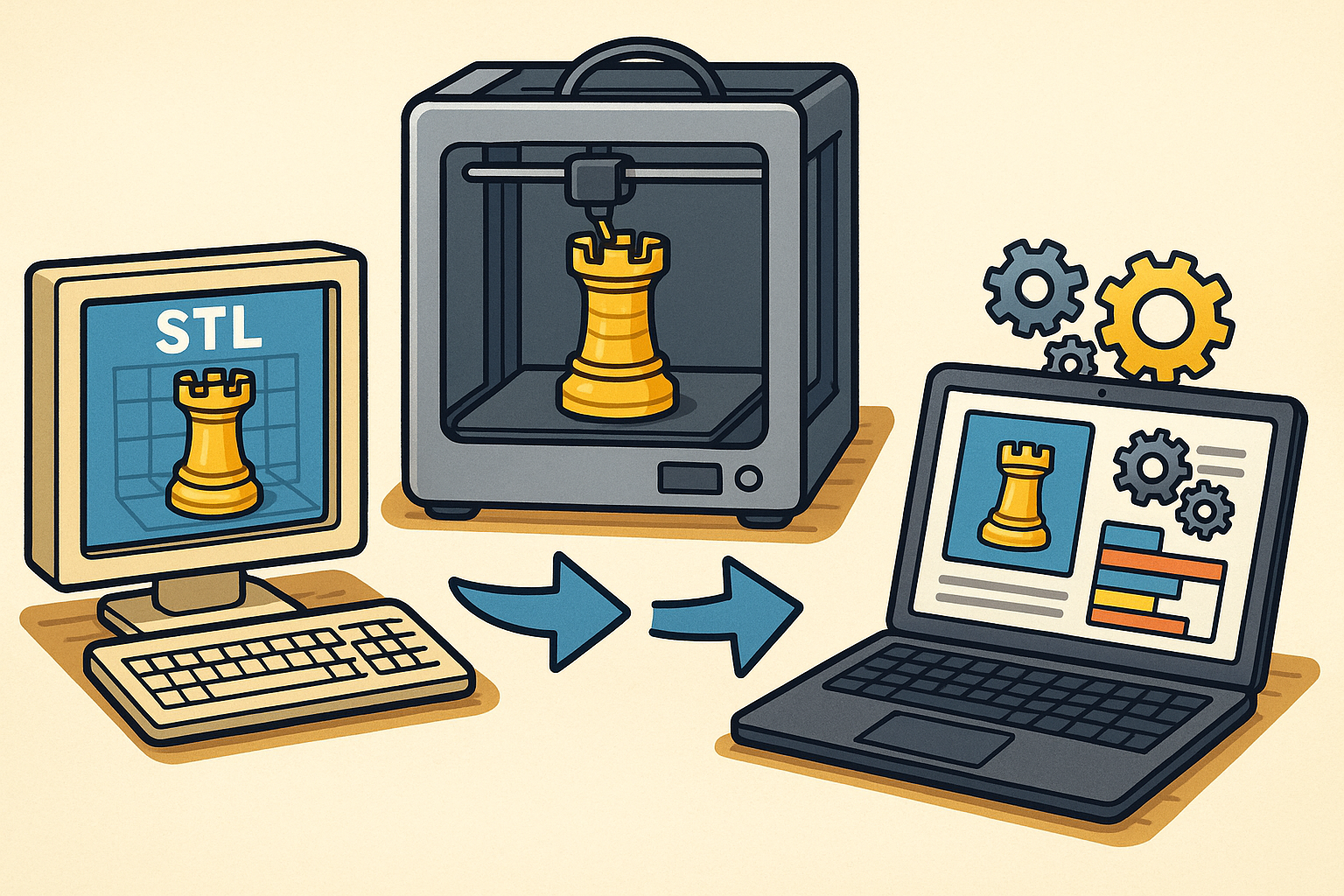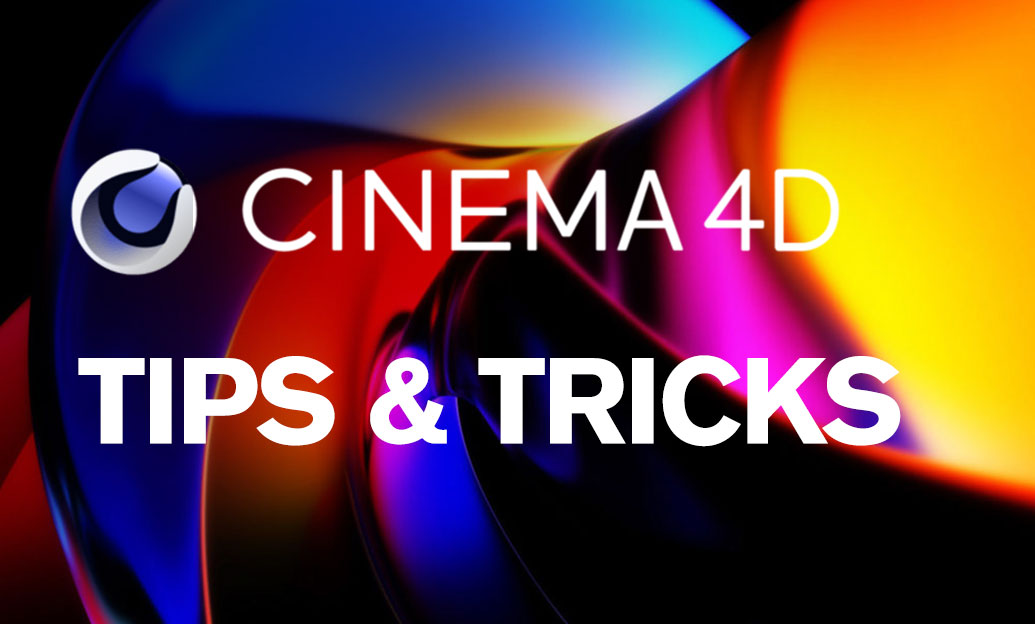Your Cart is Empty
Customer Testimonials
-
"Great customer service. The folks at Novedge were super helpful in navigating a somewhat complicated order including software upgrades and serial numbers in various stages of inactivity. They were friendly and helpful throughout the process.."
Ruben Ruckmark
"Quick & very helpful. We have been using Novedge for years and are very happy with their quick service when we need to make a purchase and excellent support resolving any issues."
Will Woodson
"Scott is the best. He reminds me about subscriptions dates, guides me in the correct direction for updates. He always responds promptly to me. He is literally the reason I continue to work with Novedge and will do so in the future."
Edward Mchugh
"Calvin Lok is “the man”. After my purchase of Sketchup 2021, he called me and provided step-by-step instructions to ease me through difficulties I was having with the setup of my new software."
Mike Borzage
Creating Photorealistic Architectural Visualizations with V-Ray and Vantage: Insights from Raying Studio
October 16, 2023 3 min read


Creating Photorealistic Architectural Visualizations with V-Ray and Vantage: Insights from Raying Studio
Creating architectural visualizations that are indistinguishable from real-world photos is a highly sought after and respected skill in the design industry. One studio that excels in this field is Raying Studio, a leading Chinese firm specializing in architectural visualization. They have mastered the art of using V-Ray and Vantage, two advanced software from Chaos, to produce stunningly realistic visualizations of architectural designs.
Archie Zhou, the founder of Raying Studio, recently shared his insights on how the company integrates the use of V-Ray and Vantage in its workflow. Their approach shines a light on a new path for architectural visualization, pushing the boundaries of what can be achieved with the right combination of technology and artistic skill.
The Workflow
Raying Studio's workflow can be divided into two main parts: modeling and art. In the modeling phase, design files received in SketchUp or Rhino are organized and then processed through custom-written code to generate automated terrains. This task is carried out using advanced software like Houdini or CityEngine. Once the terrains are ready, they are imported back into 3ds Max or similar Digital Content Creation (DCC) software and automatically assigned materials, completing the entire modeling process in an automated way.
The art phase begins with creating drafts using V-Ray CPU. The drafts are then communicated with the client for two to three rounds until the final render is achieved. However, Raying Studio now prefers using Vantage for creating first-round drafts due to its stability and efficient handling of most scenes. This results in faster response times in projects.
Why V-Ray and Vantage?
V-Ray and Vantage are the software of choice for Raying Studio's architectural visualization for three main reasons. Firstly, the vast amount of assets available within the architectural visualization industry that are compatible with V-Ray makes it a highly competitive choice. Secondly, Vantage provides excellent support for V-Ray standard materials, minimizing the need for additional conversion operations. Lastly, Vantage offers impressive rendering speed and scene handling capabilities, which are essential for quickly animating scenes or generating previews.
Key Benefits of Using Chaos Software
The introduction of features like procedural clouds and decal features in V-Ray 6 has significantly increased Raying Studio's efficiency. Furthermore, assets from Cosmos are often used in the early stages to quickly build a conceptual scene, improving communication accuracy with clients. Vantage also provides a range of new possibilities, allowing for quick animation of static scenes created within the same V-Ray environment. In effect, this simplifies the management and production processes for many projects.
Creating Realistic Architectural Visualizations
According to Archie Zhou, achieving realistic architectural visualizations involves observing real life and skillfully recreating it using technology. It's also important to consider the artistic elements such as composition and color composition, especially when dealing with clients who prefer storytelling within the scenes. To help with this, Raying Studio often consults with architectural photographer Liu Songkai to learn from the details he captures in his work that represent the real world.
Overcoming project challenges often involves conducting in-depth research on the surrounding ecology of the design site. Raying Studio prefers not to rely on Photoshop to recreate external scenes as finding an exact replica of the ecological environment can be controversial in some projects.
Staying Updated With Software
Raying Studio ensures it stays updated on the latest versions and features of software like V-Ray and Vantage. When a major version includes new features, an internal meeting is held to educate artists on the new functionalities and provide case scenarios. The studio believes that learning software requires a long-term interest and continuous accumulation of knowledge.
Looking forward, Raying Studio plans to take on more animation projects and continue exploring the capabilities of Vantage. They will also continue researching automated modeling and Procedural Content Generation (PCG) processes, and embark on new technological experiments and integrations.
For more insights and information about the newest and most advanced design software technology, contact our sales team at NOVEDGE.
Also in Design News

Design Software History: From STL to Manufacturing OS: The Evolution of Additive Manufacturing Software
December 21, 2025 14 min read
Read More
Heat-Treatment and HIP Simulation in CAD/PLM: Turning Post-Processing into a Design Variable
December 21, 2025 12 min read
Read More
Cinema 4D Tip: Cinema 4D: Export Multi‑Layer OpenEXR for AOV‑Driven ACES/OCIO Compositing
December 21, 2025 2 min read
Read MoreSubscribe
Sign up to get the latest on sales, new releases and more …


